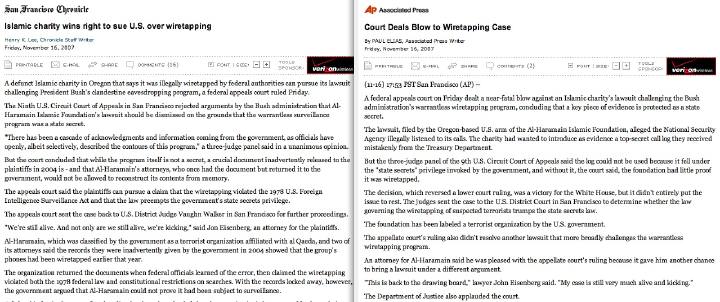| The front of the courthouse where the Ninth Circuit Court of Appeals meets. |
| The august halls of justice: The interior of the court building, looking down the hallway outside Courtroom One, where the Al-Haramain case is being heard. |
| This is the room where the hearing took place -- Courtroom One. Unfortunately, no photography, video or audio recording by the media or by individuals was allowed inside the courtroom. |

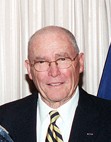

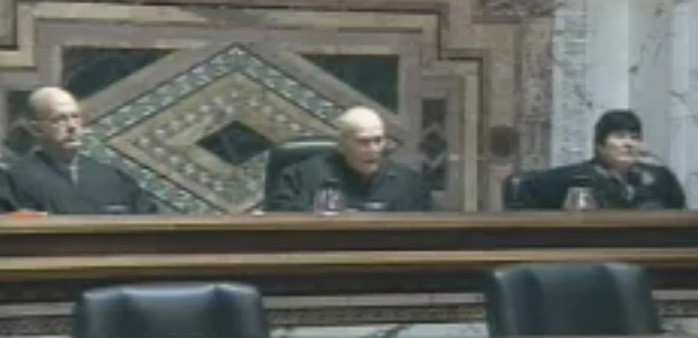
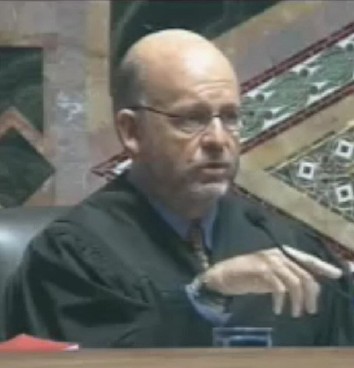
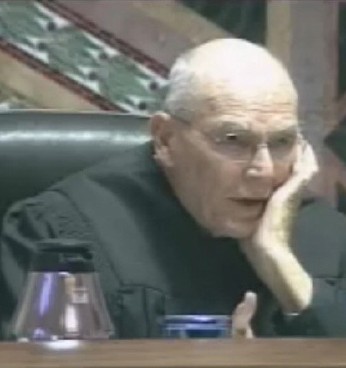
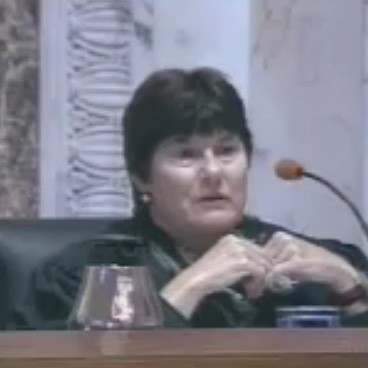
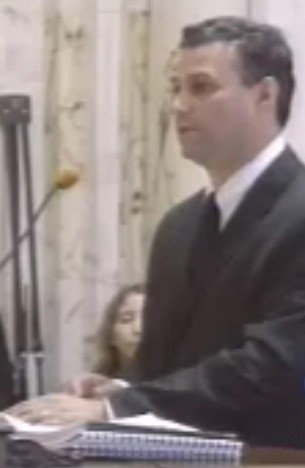
Link directly to this July 2008 update
After this report was originally published (in August of 2007), several legal decisions and maneuvers have happened in relation to the Al-Haramain case. Because there is still a great deal of public confusion about which side was victorious, in this update I will try to disentangle the various rulings, decisions and votes. I have outlined the three most significant outcomes below (though this update is not necessarily comprehensive, and there may very well be other aspects of the Al-Haramain aftermath that are not discussed here).